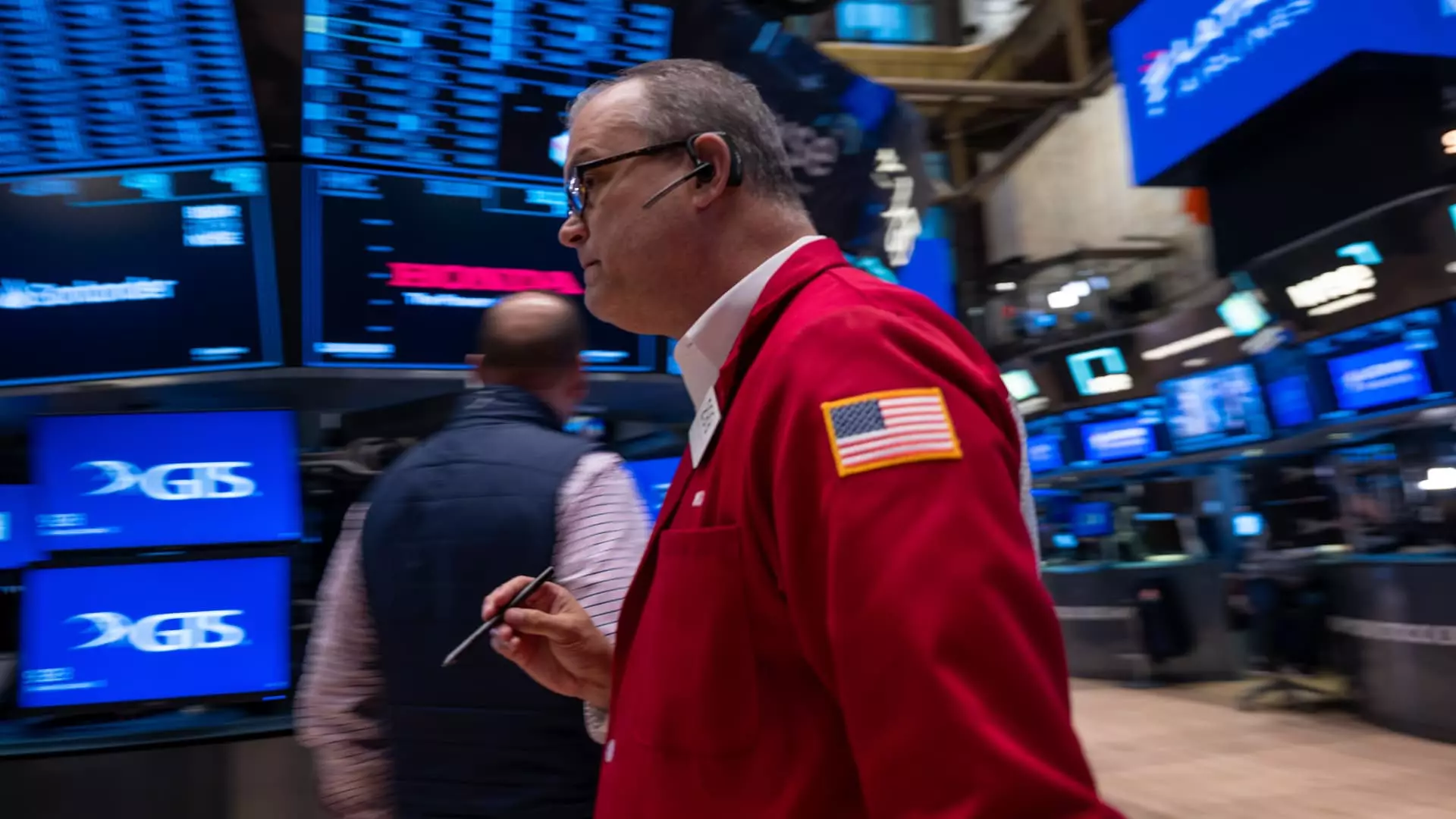On a day filled with anticipation and speculation, the S&P 500 experienced a notable increase, climbing by 0.7% as traders braced for the implications of the U.S. presidential election. This upward trend wasn’t isolated, as the Nasdaq Composite also saw gains of nearly 1%, and the Dow Jones Industrial Average added 195 points, translating to approximately 0.5%. These movements reflect a market that, despite the looming uncertainty, remains optimistic.
As the election draws closer, all eyes are on the tight battle between former President Donald Trump and current Vice President Kamala Harris, with recent NBC News polls indicating the race is too close to call. However, the outcome is not just about who occupies the White House; control of Congress is also crucial. A unified government, whether under Republicans or Democrats, could significantly alter fiscal policies, including spending patterns and tax regulations. Understanding this context, it becomes clear why investors are intensely focused on election developments.
While historical data from CNBC indicates a propensity for the major stock averages to rebound between the election and the year’s end, there is also a cautionary note about potential declines immediately following Election Day. The uncertainty regarding electoral outcomes typically generates market volatility. Investors are advised to prepare for possible fluctuations in the short term as the election results become clear.
Alicia Levine of BNY Mellon outlined a broader perspective, suggesting that regardless of election outcomes, a divided Congress could actually engender positive conditions for the market. This situation could prevent sweeping legislative changes and create a more stable environment for investors seeking continuity amid potential turmoil.
Beyond the political landscape, there are additional economic factors at play that investors are keenly observing. The Federal Reserve is set to announce its interest rate decision soon, which adds another layer of complexity to the market dynamics. With a high probability of a quarter-point cut anticipated following September’s reduction, traders are looking to Chair Jerome Powell’s subsequent commentary for further guidance on monetary policy. This scenario demonstrates how intertwined political outcomes and economic indicators are, as investors navigate uncertainty on multiple fronts.
Additionally, earnings reports from key corporations have also influenced market activity. Companies like Palantir experienced a significant bump, with stock prices surging 16% following robust quarterly results and positive revenue forecasts. Conversely, NXP Semiconductors faced challenges, plummeting 7% as macroeconomic concerns clouded its outlook.
As of now, the S&P 500 is on track for a remarkable year, showing gains of more than 19% year-to-date and inching closer to its all-time high. Despite the recent down days—including a more than 250-point drop in the Dow and losses in both the S&P and Nasdaq—a strong overall performance suggests resilience in the market.
As the country prepares for a pivotal election, the interplay between political developments and market performance will be critical. Investors should remain vigilant, ready to adapt as outcomes unfold and economic signals clarify in the coming weeks.


Leave a Reply